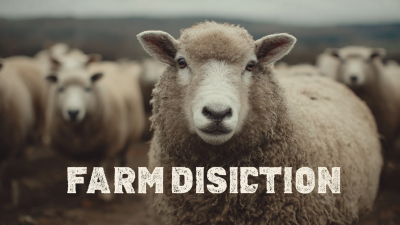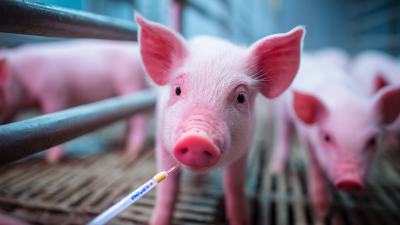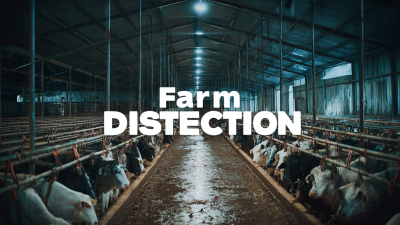Effective utilization of Chicken Disinfectant is crucial for maintaining optimal poultry health and ensuring the well-being of flocks. According to the World Organisation for Animal Health (OIE), biosecurity measures, including regular disinfection protocols, can reduce disease incidence by up to 70% in poultry operations. As poultry farms are increasingly challenged by outbreaks of bacterial and viral infections, the role of proper disinfection cannot be overstated. Appropriate use of chicken disinfectants not only mitigates the risks associated with pathogens but also promotes overall flock productivity and profitability. Reports indicate that farms implementing stringent disinfection practices experience lower mortality rates and improved growth performance, ultimately leading to enhanced economic returns. Therefore, understanding how to effectively use Chicken Disinfectant is paramount for poultry farmers aiming to optimize the health status of their birds, reduce veterinary costs, and maintain compliance with health regulations.
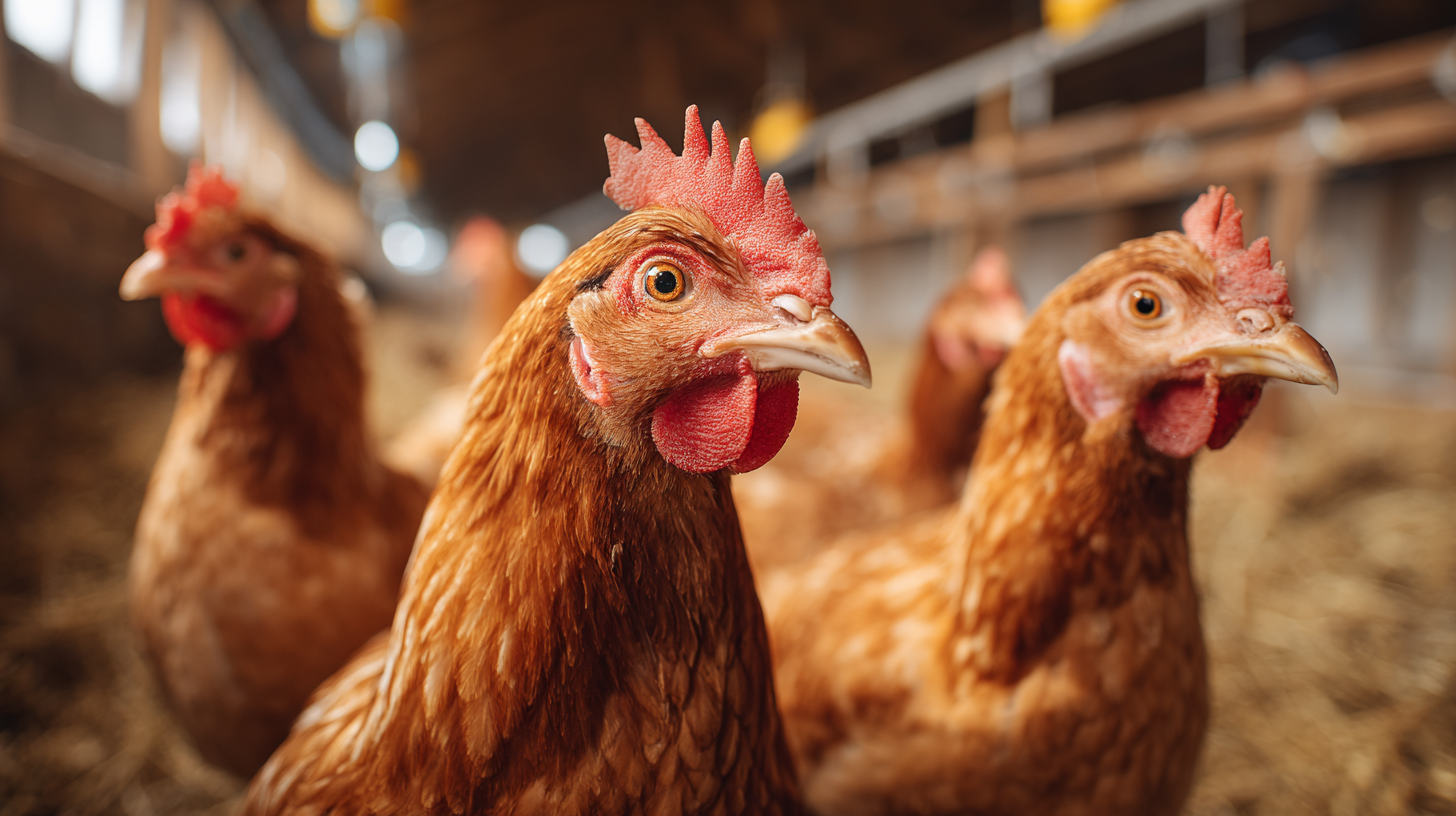
In poultry farming, maintaining optimal health for chickens is paramount, and chicken disinfectants play a critical role in this endeavor. According to a report by the World Organisation for Animal Health (OIE), disease outbreaks can lead to a significant reduction in poultry stock, with financial losses estimated at billions annually. Effective use of disinfectants not only mitigates the risk of diseases such as avian influenza and salmonella but also enhances overall flock productivity.
The importance of chicken disinfectants extends beyond mere sanitation; they are essential for biosecurity. A study published in the Journal of Applied Poultry Research indicates that facilities employing regular disinfectant protocols saw a 30% decrease in disease incidence compared to those that did not. Choosing the right disinfectant and applying it correctly according to manufacturers’ guidelines can drastically improve the health and performance of poultry, ensuring that farmers can maximize their yield while minimizing the risk of costly health crises.
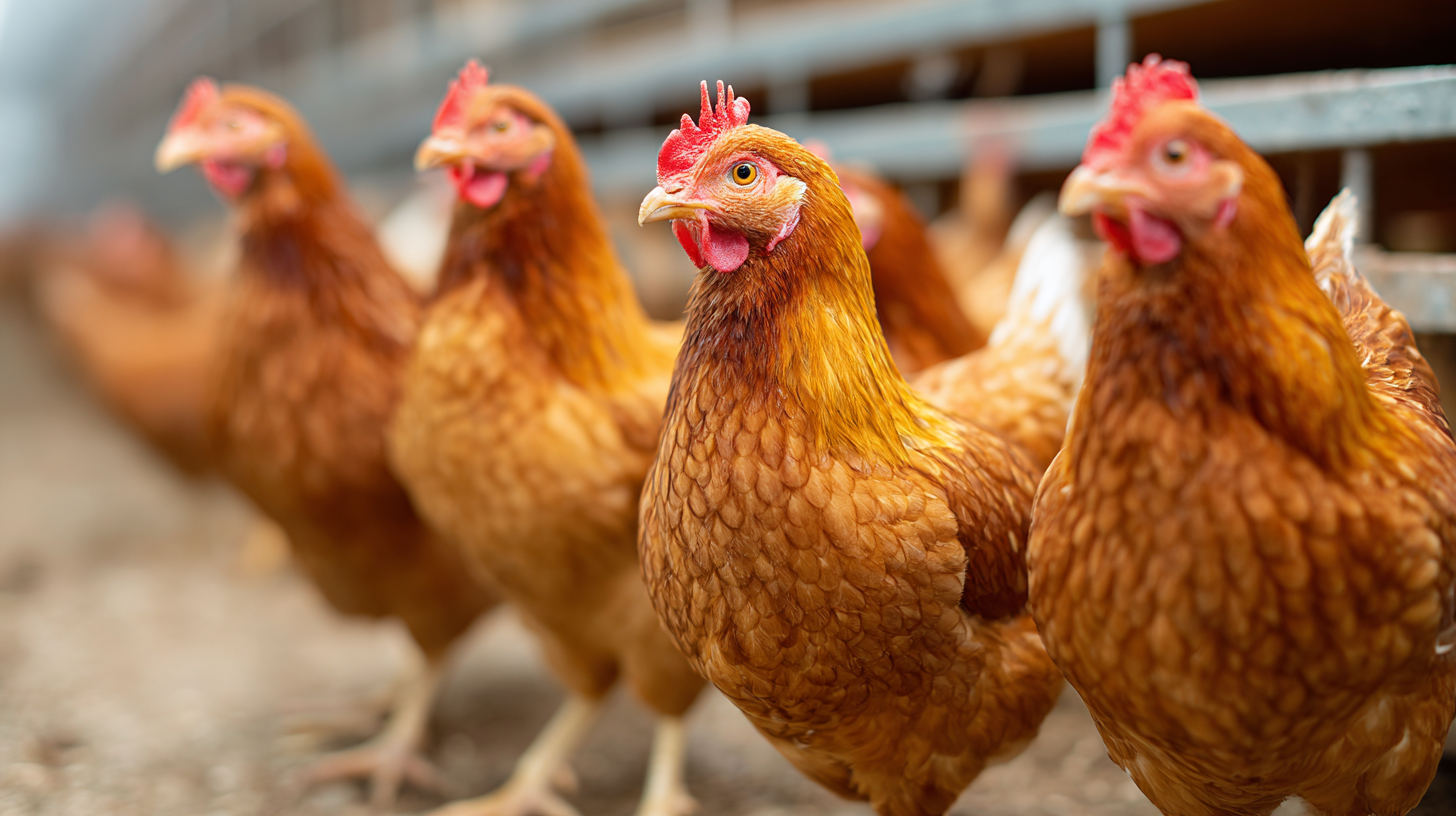
Choosing the right chicken disinfectant is crucial for maintaining optimal poultry health on your farm. With a myriad of options available, it’s essential to select a disinfectant that effectively targets the pathogens common in poultry environments. According to a report by the Poultry Health Council, improper sanitation practices can lead to a 15-20% increase in disease outbreaks, which may significantly impact flock productivity and food safety. Therefore, identifying a disinfectant that matches the specific needs of your flock—whether it be viral, bacterial, or fungal pathogens—is imperative.
In addition, consider the Environmental Protection Agency's (EPA) list of approved disinfectants, which provides key insights into the efficacy categories. Products with proven efficacy, such as quaternary ammonium compounds or hypochlorite solutions, can help mitigate risk factors associated with poultry diseases. Moreover, application methods and contact times are critical variables to evaluate; studies indicate that following manufacturer guidelines can enhance antimicrobial action by up to 30%. Thus, investing time in selecting the appropriate disinfectant and adhering to recommended best practices not only protects your poultry but also supports the broader goal of biosecurity in the industry.
This chart displays the effectiveness of various chicken disinfectants based on their germ-killing capabilities measured in percentage. Choosing the right disinfectant can significantly impact poultry health on your farm.
Effective application of chicken disinfectants is crucial for maintaining optimal poultry health. The first step is to choose the right disinfectant based on the specific pathogens present in your poultry environment. Ensure that the product you select is approved for use in poultry settings and is effective against the targeted bacteria and viruses. Before applying the disinfectant, remove any visible debris, feces, or feed residues, as these can inhibit its efficacy.
Once the area is clean, it’s important to properly dilute the disinfectant according to the manufacturer’s instructions. This ensures maximum effectiveness without compromising safety. Apply the disinfectant thoroughly to all surfaces, including walls, floors, equipment, and nesting areas. Allow adequate contact time, as specified by the product guidelines, to effectively kill pathogens.
After treatment, ensure proper ventilation and follow up with a clean water rinse if required, particularly in areas where direct chicken contact will occur. Regular monitoring and reapplication based on the protocols will help maintain a healthy environment for your flock.
Effective use of disinfectants is crucial for maintaining optimal poultry health. According to a report by the World Organisation for Animal Health (OIE), poultry diseases can lead to significant economic losses, estimated at over $1 billion annually due to outbreaks such as avian influenza. Implementing a stringent disinfectant protocol is essential for biosecurity, preventing the spread of pathogens in poultry operations. Regular cleaning and sanitization of equipment, housing, and areas frequented by birds must be a priority.
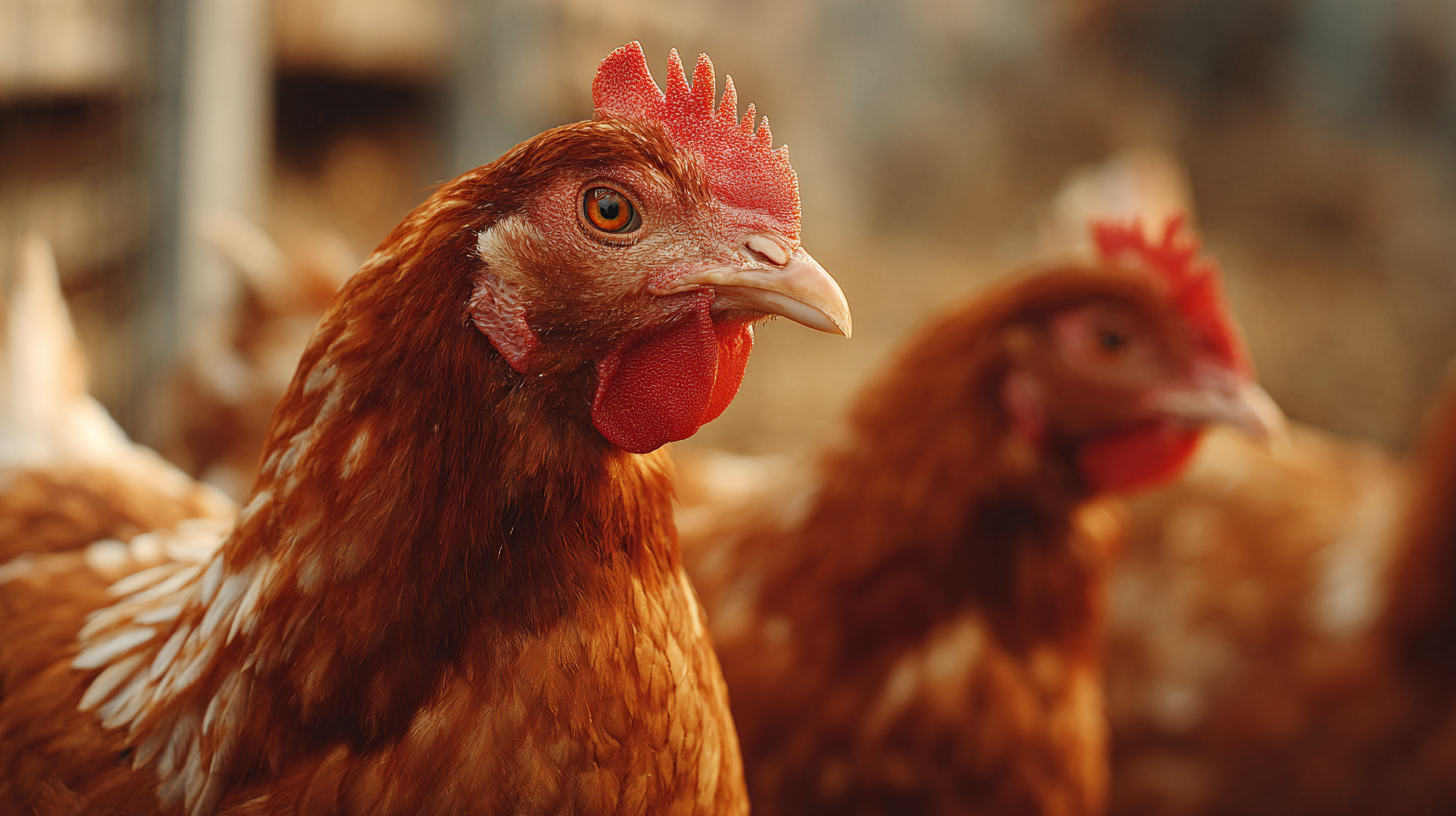
Tips: Always select disinfectants that are proven effective against a broad spectrum of pathogens. Look for products listed by the U.S. Environmental Protection Agency (EPA) as they meet stringent effectiveness criteria. Moreover, follow the manufacturer's instructions regarding dilution rates and contact times to ensure optimal efficacy.
In addition to proper application, it is vital to integrate training programs for all personnel involved in poultry care. A study published in the Poultry Science journal found that farms that invested in staff education on biosecurity measures reduced disease incidence by up to 30%. Regular audits and feedback can further enhance compliance, ensuring that best practices are consistently followed.
Monitoring and evaluating the effectiveness of disinfectant use in poultry farming are crucial for maintaining optimal flock health. With the global poultry market projected to reach $435 billion by 2024, as reported by market research, ensuring biosecurity is essential. Regular assessment of disinfectant efficacy helps in identifying potential weaknesses in cleaning protocols and ensuring that pathogens are effectively eliminated. According to research by the National Chicken Council, proper monitoring can reduce disease outbreaks by up to 30%, which directly impacts productivity and profitability.
To evaluate disinfectant effectiveness, farmers should implement a structured monitoring program that includes microbial testing of surfaces and environmental samples pre- and post-disinfection. Utilizing adenosine triphosphate (ATP) testing can provide immediate feedback on surface cleanliness. A study published in the Journal of Poultry Science highlighted that consistent ATP monitoring can increase operational compliance by over 50%, emphasizing the importance of routine evaluations. By keeping detailed records of disinfectant application and its outcomes, poultry producers can make informed decisions and adapt their cleaning practices to enhance biosecurity measures continuously.
| Disinfectant Type | Active Ingredient | Application Method | Recommended Dilution | Contact Time | Effectiveness Rating (1-5) | Notes |
|---|---|---|---|---|---|---|
| Quaternary Ammonium Compounds | Benzalkonium Chloride | Spray | 1:200 | 10 minutes | 4 | Good for surfaces |
| Phenolic Compounds | Orthophenylphenol | Mop | 1:128 | 5 minutes | 5 | Effective against viruses |
| Hydrogen Peroxide | Hydrogen Peroxide | Fogging | 3% | 5 minutes | 4 | Must be applied in ventilated areas |
| Bleach | Sodium Hypochlorite | Spray | 1:10 | 20 minutes | 5 | Strong disinfectant, use with caution |
